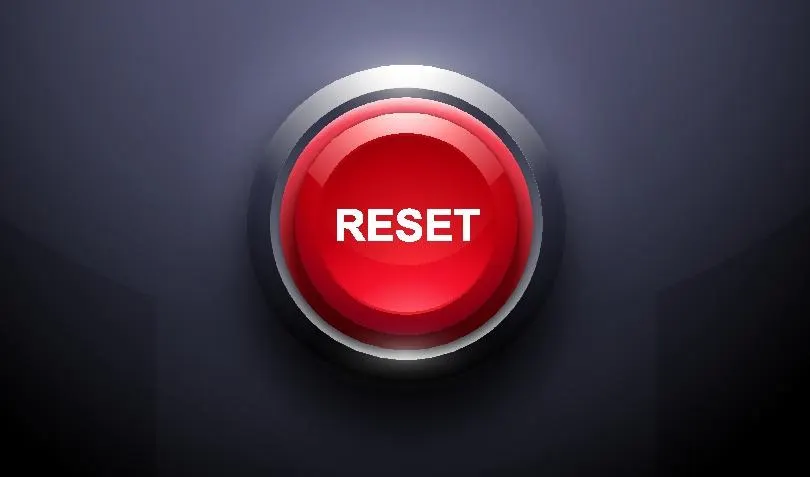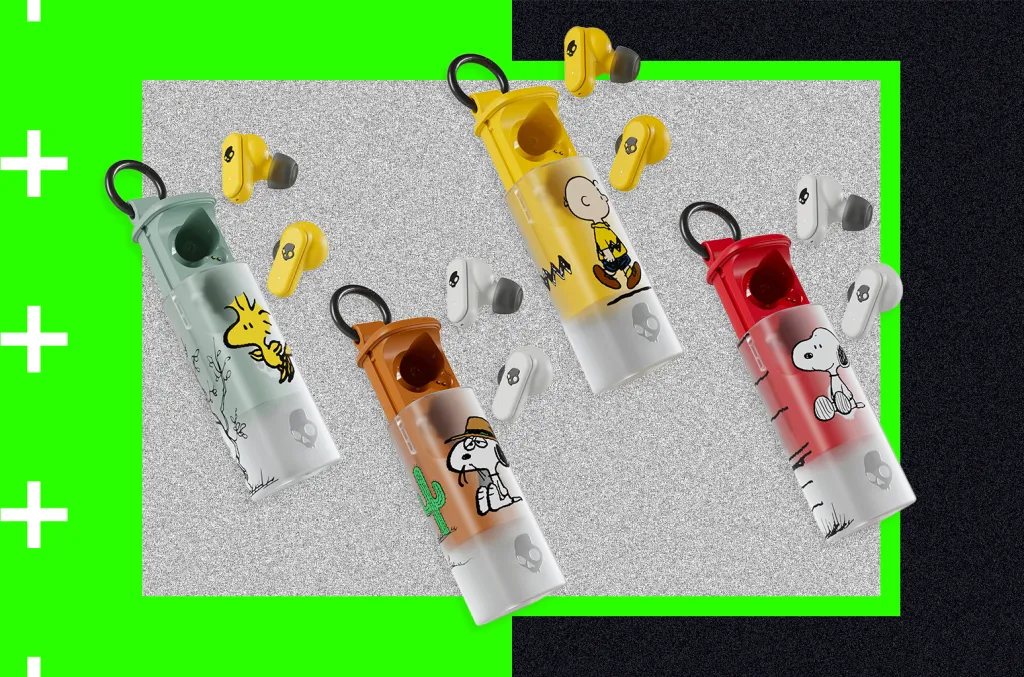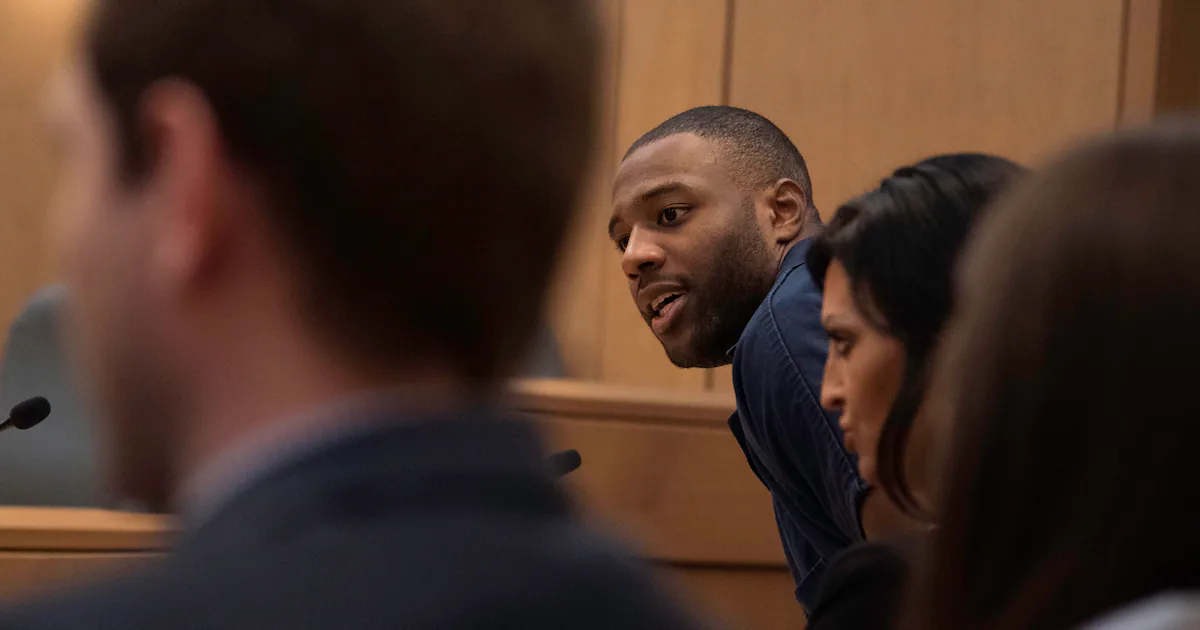By Contributor,Dan Pontefract
Copyright forbes

Leaders keep asking why culture change programs stall while grievance caseloads rise. David Liddle’s answer is unforgiving and necessary. The founder of the TCM Group and the People and Culture Association (PCA) suggests that organizations that cling to retributive procedures corrode trust, suppress performance, and institutionalize fear.
Liddle believes the work now is to redesign the entire system and the role of the people function that stewards it.
Through Liddle’s decades as a mediator and organizational culture strategist, he argues leaders must retire punitive processes in favour of improved ways in which to work with people inside and outside the organization.
Replace Grievance With a Proper Resolution
Liddle’s critique of legacy HR procedures is both profound and direct. “Your grievance and disciplinary procedures are the most pernicious, corrosive, divisive, destructive, harmful procedures in your workplace,” he told me. “You’d be better off saying to all of your managers, ‘Make it up as you go along.’” He does not stop at the diagnosis.
Liddle describes an integrated resolution framework that connects the dots across people issues and moves decision-making toward “transformative justice, dialog, compassion, and engagement.”
The leaders who still equate control with accountability need a different script. Liddle’s point is that process should not escalate conflict by default. The method should be to de‑escalate, inquire, and then repair. The retributive reflex damages productivity, retention, and value because it signals that power matters more than learning. It’s not exactly a culture-building tactic.
“The world of work has changed,” he said, “and you can’t apply a rules-based system of the past, right, wrong, win, lose, attack, and defend.” Liddle is adamant that today’s organizations require dialogic capability rather than binary adjudication. More collaboration, less war.
MORE FOR YOU
Resolution is not about being lenient either. It is disciplined inquiry.
As Liddle outlines to the cohorts of leaders in his performance training sessions, the most important opening question is not about objectives or output. It is: “How as a leader am I performing?”
That question resets the power dynamic, models non‑defensiveness, and converts appraisal and feedback into a conversation rather than a verdict.
Make People and Culture More Relevant
Liddle’s strategic ambition for the people and culture function is equally unambiguous.
“The people function needs to become oracular,” he said. “They become an Oracle, a strategic seer in our organizations.”
That aspiration requires capability, not convenience. It asks leaders to anchor decisions in evidence from real human interactions rather than abstractions about engagement or compliance. Who needs another ethics and integrity compulsory eLearning module.
The change in mindset and attitude also demands that the people and culture function stop merely bargaining for a seat at the table and start shaping the table’s agenda by convening the right conversations in the right rooms across the organization.
This is where Liddle’s Seven‑Cs Transformational Culture model becomes practical rather than ornamental.
The culture capabilities he incites—courage, connection, collaboration, common purpose, communication, compassion, and curiosity—are not soft skills. They are system skills that distribute leadership and return a greater sense of power to purpose for all employees.
On one of the seven Cs, Liddle is blunt about the stakes at hand. “Compassion is a sign of the greatest strength that any leader can bring,” he said. Treat it as performative and it trivializes people; embed it as a management discipline and it accelerates performance, learning, and alignment.
To institutionalize this idea, Liddle points to centers of excellence that hard‑wire the practice into everyday work. For example, a “Resolution Center” that handles conflicts and relations issues with restorative methods or a Culture Hub that aligns the people experience with strategy are ways to enact the seven Cs. They act as operational engines that can convert the values—or the Seven Cs—into action.
Own the AI Agenda With Integrity
Regarding AI and its rapid proliferation throughout the organization, Liddle is unequivocal.
David Liddle, founder of the TCM Group
David Liddle
“This is the absolute moment where the people and culture function can help to build AI platforms which are trusted universally across our workforces and across our society,” he said.
He pointed out that once bias and short‑termism thinking get embedded into automated decision flows, unbuilding them will become punishing and slow. Thus, the people and culture function must set the strategic narrative for adoption, governance, and scrutiny, with fairness and inclusion as explicit design criteria.
He is already operationalizing that stance. “Last year, I launched ACE Global, the AI Center of Excellence, specifically to create spaces for organizations to have these conversations,” he explained.
The principle is simple. Treat AI as an insight amplifier and a time‑giver for managers rather than as an expedient headcount remover. The alternative—replacing the first rungs on the career ladder—erodes succession, hollows capability, and invites a slow structural failure.
“If we cut off our talent and our succession plan, it might be a short-term win on the EBITDA, but over the longer term, it can only result in doom,” he warned.
The people and culture function is well-positioned and credible enough to bring together the appropriate designers at the right time. Liddle’s caution is both ethical and practical.
Decision makers tend to reproduce themselves in code unless someone interrupts that pattern.
“Are we going to deliberately go and knock on other people’s doors who don’t look like us, don’t think like us, don’t talk like us,” he asked, before listing the negotiating, mediating, and coaching skills HR professionals must deploy to widen the design circle.
This is not an abstract question. It is a leadership test about who is invited into the conversation before the system hardens.
If culture is your competitive advantage, as Liddle suggests, it would be best to sort out your people and culture function, arming it with the mandate to reshape what organizational culture will become in the coming quarters.
Watch the full interview with David Liddle and Dan Pontefract on the Leadership NOW program below, or listen to it on your favorite podcast.
Editorial StandardsReprints & Permissions



